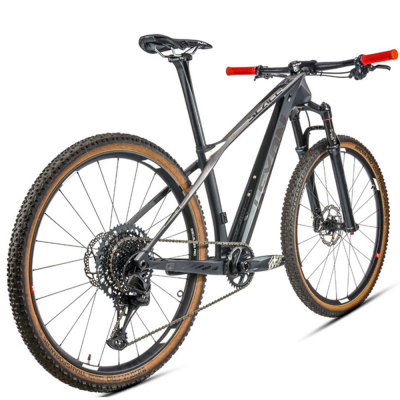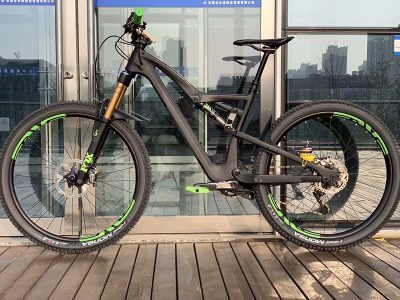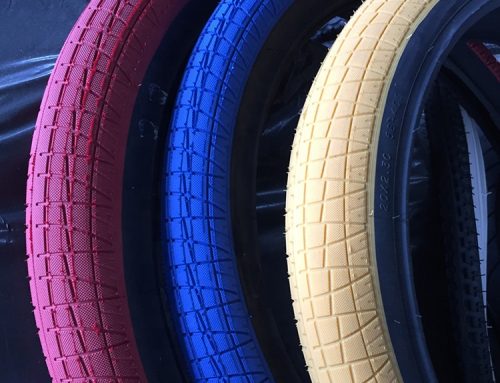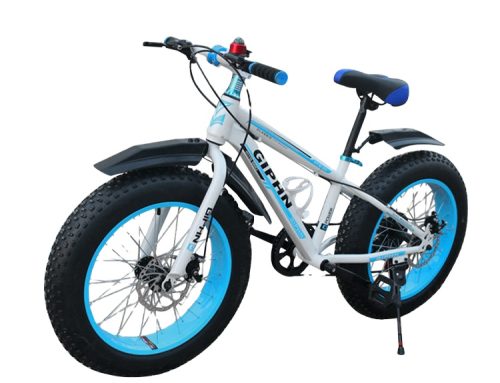Whether you are commuting to get off work, grabbing groceries, or exploring the city by bike, taking the right equipment can make every adventure better.
So, how do you know when you are in the right state? How do you know when you should switch to a more difficult or easier one? Let’s start with the basics.
Most city bicycles are equipped with shifters operated by the index finger and thumb. The shifter on the right controls the rear derailer, and the shifter on the left controls the front derailer. Note: Some city bikes have only one chain at the front and a wider gear distribution at the rear, which eliminates the need for a front shifter or front derailer.
When you push the shifter with your thumb or pull the shifter with your index finger, you move the chain from gear to gear. Moving the front derailer (left hand) will cause large changes in gears, while derailment after shifting (right hand) will cause smaller shifts.
Left hand-derail before moving between links (large adjustment)
The left shifter controls the front derailer, which moves the chain between the chains connected to the crank. Moving with your left hand will cause more drastic changes in the gears, and can be very helpful when you need to make quick adjustments to the big gear. By pushing the shift paddle to the left with the thumb, the derailer pushes the chain onto a larger chain-a harder gear. Harder gears require more effort to pedal, but you will move farther with each pedal stroke. Pull the shifter inward with your index finger to pull the chain onto a smaller chain, which is easier. This makes the pedal easier, but you won’t move that far or that fast. When stepping on a slope, carrying a heavier load, or approaching a stop, use a smaller chain or the simplest gear. Use a larger chain, or the hardest gear, when you want to step on a hard pedal to cover a lot of ground quickly.
Right hand-derailment after moving between gears (minor adjustment)
Your right shifter controls your rear derailer, moving the chain through the gears in the cassette. In cassette tapes, smaller gears are actually harder and faster gears, while larger gears are harder and slower gears. This means that the same movement exercise you use with your left hand will provide the opposite result with your right hand. By pulling the shifter trigger with your index finger, the rear derailer transfers the chain to a smaller gear-a harder but faster gear. Pushing the paddle with your thumb will move the chain to a larger gear-a slower but easier gear.





